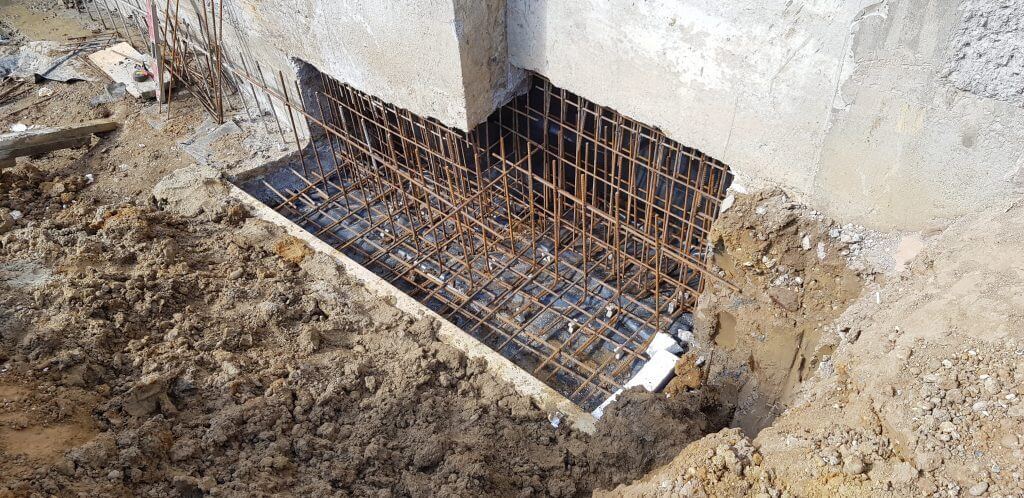Melbourne, noted for its architectural richness and rich history, uses underpinning to ensure building integrity important link. This page discusses Melbourne’s foundations and the ancient and modern ways used in this vital construction discipline.
Save Architectural Treasures
Melbourne’s skyline includes a mix of old and new architecture. An intricate interaction of soil conditions, environmental influences, and structural problems occurs beneath the surface. Underpinning links the city’s past and future, conserving architectural treasures for future generations.
Melbourne Underpinning
Building foundations are strengthened to prevent sinking and structural instability. It’s needed when the foundation shows indicators of weakness. Underpinning is crucial in Melbourne’s building construction and maintenance due to its geology and environment.
Assessment and Engineering Expertise
The underpinning procedure begins with a thorough building inspection. In this step, structural engineers carefully inspect buildings, analyze soil composition, and choose the best underpinning method. This assessment is the foundation of the project.
Soil Diversity and Challenges
Melbourne’s soil is as varied as its architecture, from clay to sand to loam. Diversity presents distinct issues for builders and property owners. Ground movement due to soil type expansion and contraction in response to moisture can stress building foundations. Underpinning solves these problems and stabilizes structures.
Environment and Resilience
Melbourne’s variable weather, particularly high rainfall and temperature variations, can make soil composition problems worse. These weather conditions can expand and shrink soil, stressing building foundations. Underpinning strengthens a building’s resistance to environmental factors.
Both Traditional and Innovative Foundations
Melbourne’s foundation uses classic and modern methods. Traditional technologies like mass concrete and pier and beam underpinning work well in older buildings with shallow foundations. These procedures are reliable and verified.
Melbourne’s foundation has also been shaped by innovation. Grout injection and resin injection underpinning are popular in Melbourne’s congested urban neighborhoods. Precision and efficiency are achieved with minimal environmental impact.
Many Melbourne developments use screw piles with steel helical piles. Their foundation support is strong and ideal for residential and commercial buildings. The underpinning toolset benefits from their versatility and ease of installation.
In conclusion, Melbourne’s foundation is a dynamic mix of tradition and innovation. The practice preserves the city’s architectural legacy and connects the past and future. Underpinning protects Melbourne’s architectural identity as it grows.
